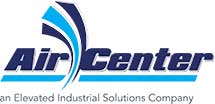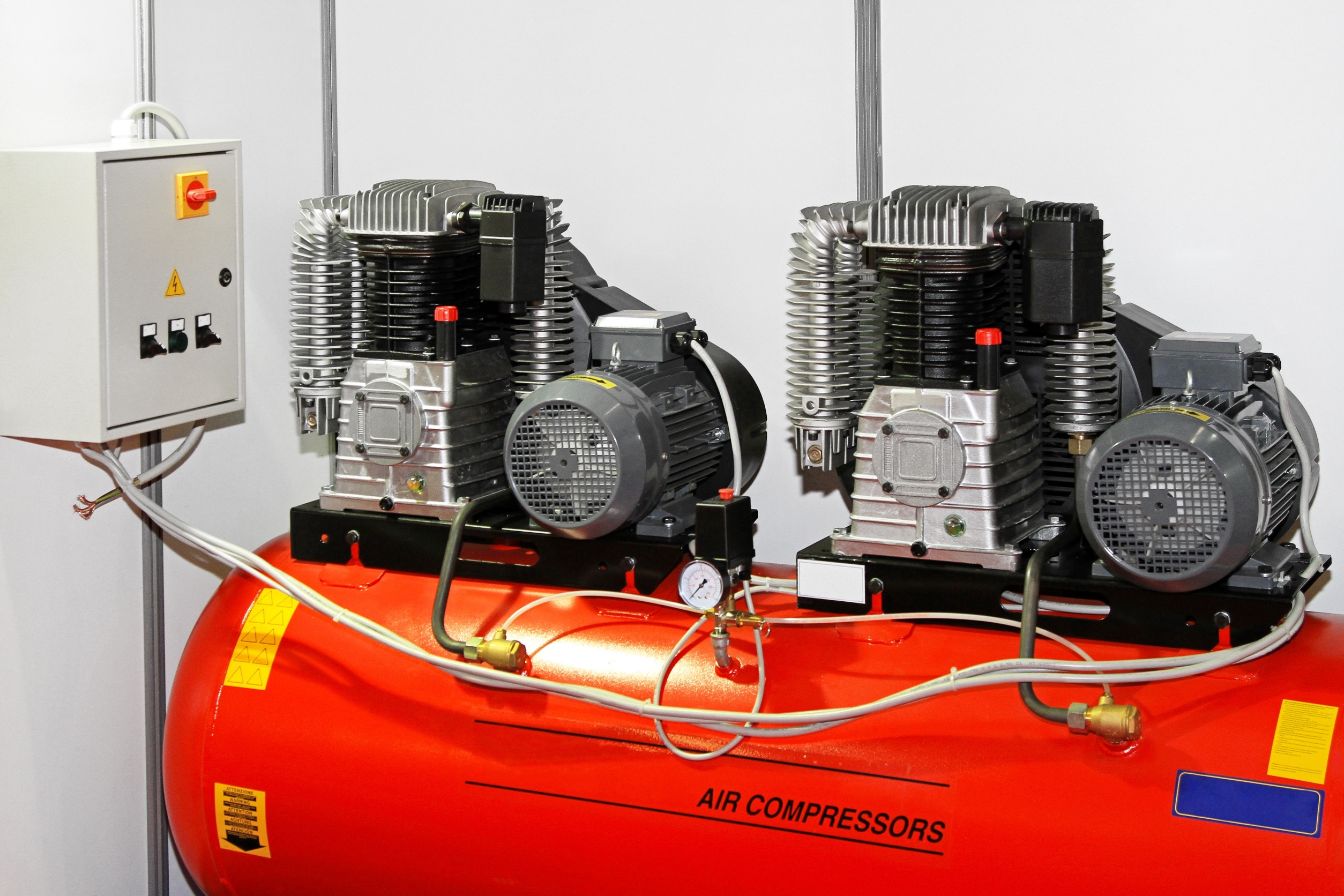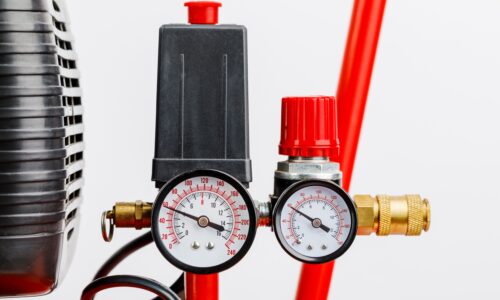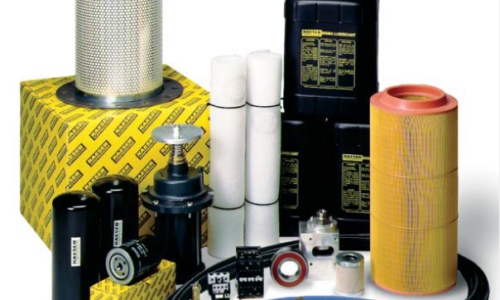As a major component of your business, your compressed air system requires the strength and longevity to handle a heavy workload. Although air compressors are designed for durability, components of the system may malfunction, requiring repairs or even a complete replacement. Over time, these costs can add up and may negatively impact your business.
To reduce the wear and tear on your system, many experts recommend shutting down your air compressor when it’s not actively being used. Here, we’ll cover the proper procedure for shutting down a compressed air system so that you can preserve your equipment’s lifespan.
Shutting Down Your Compressed Air System
- To start, operate the system to its highest operating pressure. Next, close the service valve located at the downstream side of the receiver.
- Next, shut down the compressed air system.
- Now, close the service valve located between the compressor and the receiver.
- Find the furthest drip leg and drain it fully. To conserve line pressure, close the valve.
- Drain each drip leg, moving backward from the furthest one.
- Manually drain each of the in-line filters. For filters with a solenoid drain, first cut the power supplying the solenoid.
- Drain all traps to refrigerated dryers, as well as the inlet and outlet valves on a dual desiccant dryer.
- De-energize the dryer and ensure that the receiver is drained.
- Once all the drip legs and drains are fully drained, de-pressurize the air compressor.
- De-energize the compressor and drain the after-cooler trap.
- Cool the system to the temperature of the room in which it’s stored, which could take up to an hour.
- Ensure that the oil is free of foam.
- Drain compressed water from the sump by opening the drain valve until oil alone drains from it.
- For extended shut-downs, suspend moisture-absorbing media in the sump tank.
At the Air Center, we’re here to help with all of your air compressor maintenance needs. Contact us today to learn more!



